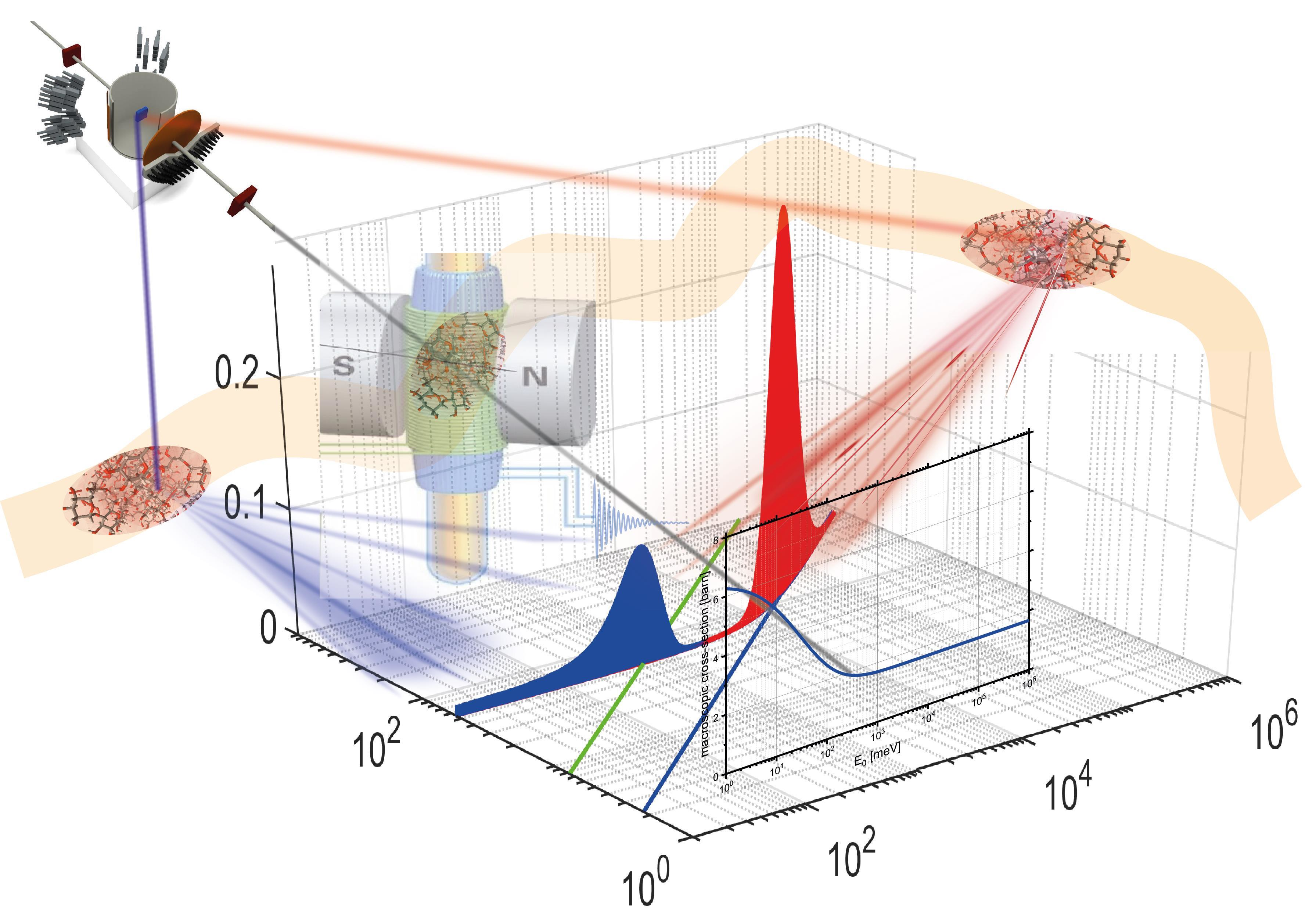Glass transition measurements can be used to test the quality and stability of dried foods, such as pasta. The behaviour of the material  around its glass transition temperature, where it changes from being rubbery to glassy, is useful to understand as, either side of this boundary, other properties can also be different.
around its glass transition temperature, where it changes from being rubbery to glassy, is useful to understand as, either side of this boundary, other properties can also be different.
To unambiguously characterise the glass transition temperature of dry rice pasta, researchers used an unprecedented combination of experimental techniques. In their study, published in Polymers, they go beyond the standard techniques of NMR and DSC and use multiple techniques on ISIS’ Vesuvio beamline.
With the addition of neutron transmission, diffraction and Compton scattering results, they were able to fully characterise the dry rice pasta across a range of temperatures, finding that it was almost entirely amorphous. At the glass transition temperature, the long-range order is partially lost, due to a change in the starch structure.
Image: Schematic diagram illustrating the combination of neutron scattering with nuclear magnetic resonance and differential scanning calorimetry methods in the study of the glass transition in biopolymers.
Further information:
Related publication: Glass Transition in Rice Pasta as Observed by Combined Neutron Scattering and Time-Domain NMR, Polymers 2021, 13(15), 2426 DOI: 10.3390/polym13152426
